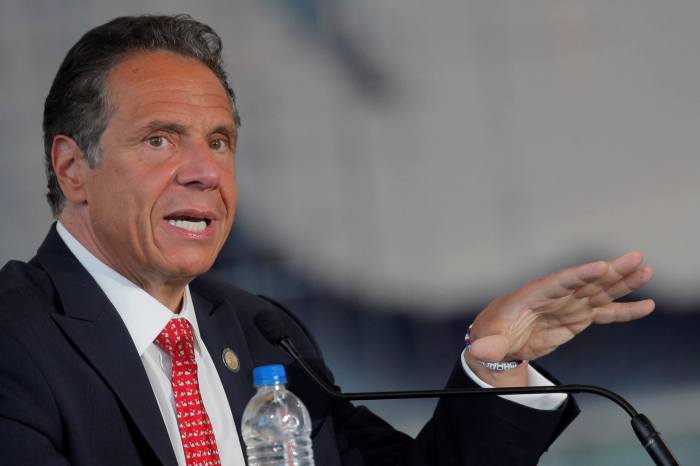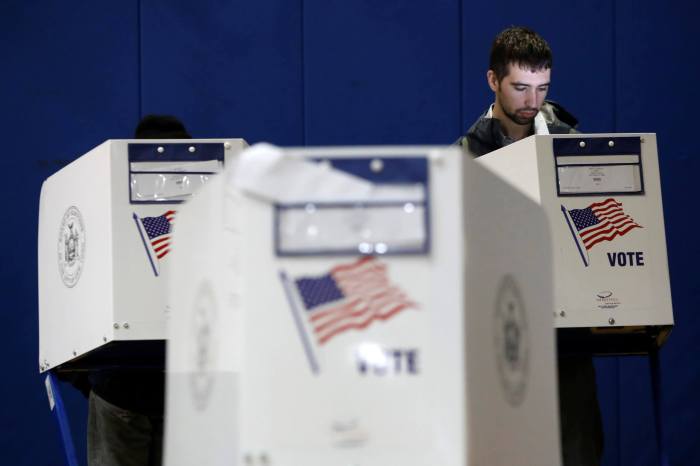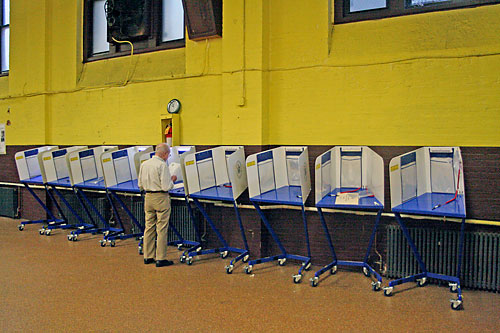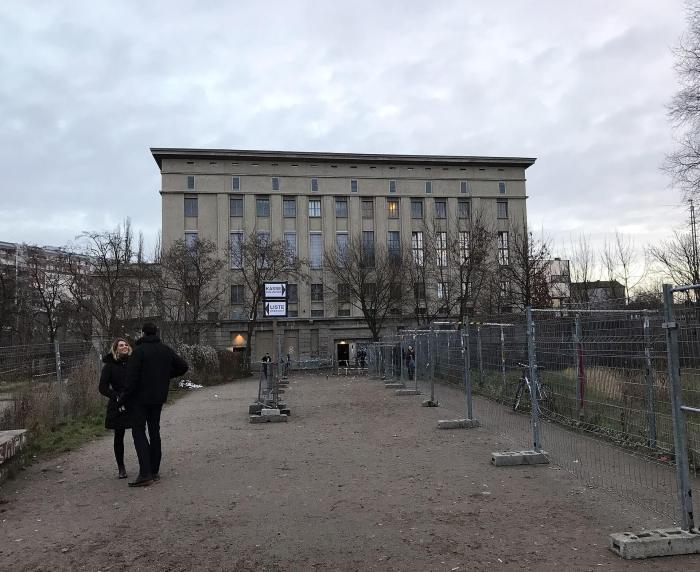This is my first column about mass shootings, even though I’ve been writing a weekly opinion column for this paper for over a year.
This is, of course, only plausible because our country has been in lockdown for almost the entirety of my tenure here. Now that we are slowly, perhaps prematurely emerging, the old American pastime of the mass shooting once again rears its head in Georgia and Colorado.
Brooklyn is not immune to mass shooting — frankly, we have them all the time — but for a couple key reasons our mass shootings tend to be less lethal and draw less attention than the ones that provoke national outpourings of grief.
The major factor is that New York City’s mass shootings are almost always carried out with handguns, not “long guns” or assault rifles. People still get shot in handgun mass shootings, but most of the victims survive. This is not the case for the mass shootings that get the most attention, as one could tell by perusing the reports in the Gun Violence Archive.
For instance, the archive shows that ten were murdered and one wounded in the Boulder supermarket shooting and eight murdered and one wounded in the Acworth, Georgia day spa shootings.
Three days before the Georgia shootings, five people were wounded in a late-night shooting in East Williamsburg. Two days after that, two people were wounded in an early evening Brownsville seafood restaurant shooting.
We cover these stories along with a few other news organizations but frankly most people forget about them within a day or two. The really fatal mass shootings stick with people for much longer. There is, frankly, a lot more trauma associated with them.
My major takeaway is that an assault weapons ban works. For a while this country had a federal one, but it lapsed during the second Bush administration. Several years after that, New York instituted its own SAFE Act that bans high-capacity magazines.
Clearly, we are not paying enough attention to what besides guns causes these shootings. Mental health is a factor. Almost every shooter is also extremely socially isolated.
Many are single but the ones who are partnered overwhelmingly commit domestic abuse. So those convicted of domestic abuse should lose their right to have guns.
Racism and misogyny tend to play key roles here as well. The mass shooter (almost invariably male) often targets a space where they have experienced great shame.
Often they target a type of person. Frequently they’ve applied for the military or police and been rejected.
These crimes are horribly familiar but doesn’t this whole analysis feel a bit unfamiliar? We’re 21 years into this century but this country still hasn’t adopted 21st century methods of crime analysis.























